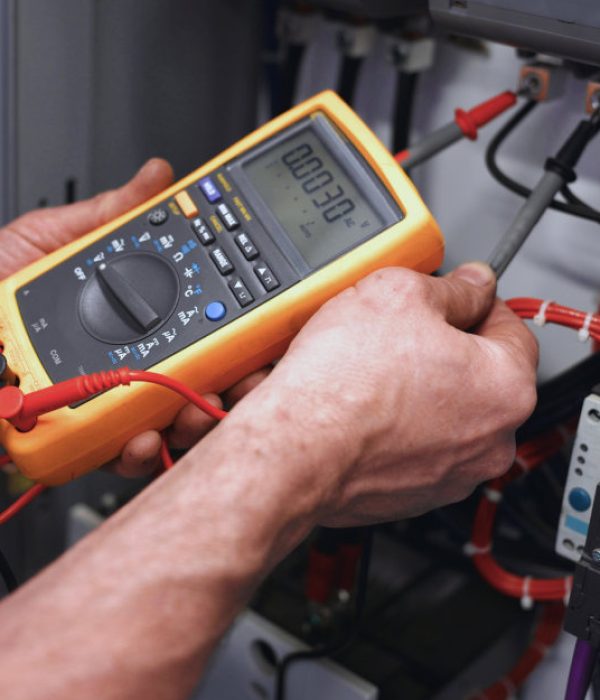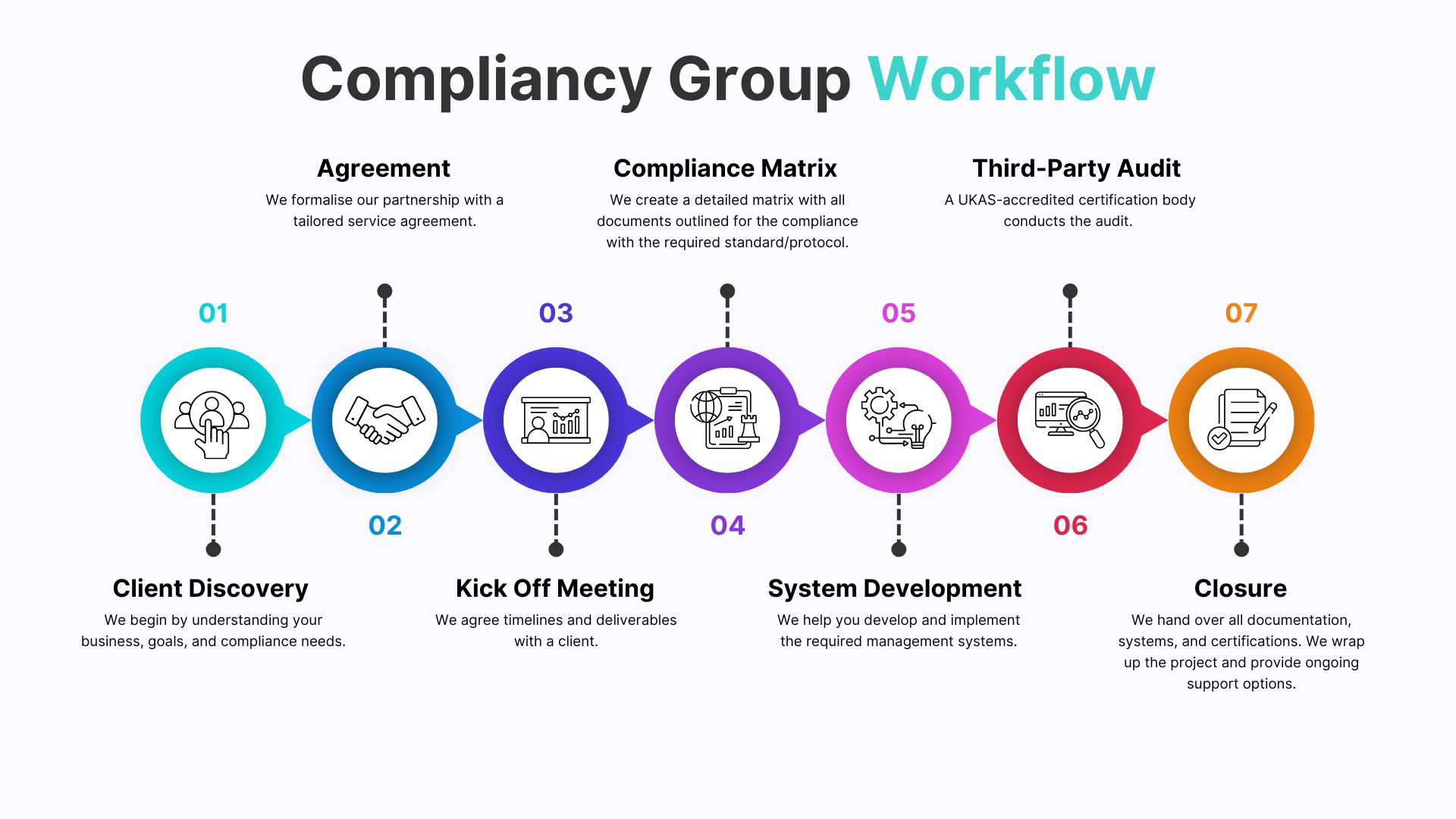We're Here To
Help

PAT Testing (Portable Appliance Testing) is a crucial inspection designed to ensure that all electrical equipment in your workplace is safe, functional, and compliant with legal requirements. Regular PAT Testing demonstrates your business’s commitment to employee safety, regulatory compliance, and proactive risk management – trusted by clients, partners, and regulators across all sectors. With effective PAT Testing, you minimise the risk of electrical accidents, reduce downtime, and build a reputation for safety and responsibility. Compliancy Group guides you through every step – making PAT Testing compliance clear, practical, and a genuine business advantage.
We understand the importance of electrical equipment safety and compliance. Our team brings hands-on experience with PAT Testing, regulatory standards, and industry best practices.
No one-size-fits-all here. Whether you need one-off PAT Testing, scheduled testing programmes, compliance advice, or documentation support, our services are fully customised to your operations. We offer flexible support packages—from essential guidance to comprehensive on-site consultancy.
We work exclusively with UKAS-accredited certification bodies and maintain a 100% pass rate for compliance assessments. Our clients trust us to deliver results that stand up to audit and regulatory scrutiny—helping you achieve, maintain, and leverage PAT Testing compliance for business growth.
Compliance shouldn’t slow you down. We help you build safer workplaces, reduce risk, and improve operational efficiency—so you can focus on your core business.
You’ll work directly with our expert team, including leadership involvement from our CEO. We pride ourselves on responsive communication, clear guidance, and ongoing support throughout your compliance journey.
Demonstrate compliance to secure contracts and reassure clients, staff, and regulators.
Show your commitment to electrical safety and legal responsibilities.
Minimise the risk of electrical faults, fires, and costly liabilities.
Enhance your standing as a responsible and trusted organisation.
Regular PAT Testing and compliance checks foster a culture of ongoing safety and operational excellence.
Strengthen Reputation
From initial testing to ongoing support, our team ensures you’re always prepared and confident.
We streamline compliance processes, freeing up your team to focus on core business activities.
Services are tailored to your specific business needs, not generic templates.
Ongoing support, training, and regulatory updates keep your business compliant long after inspection.
Our 100% compliance pass rate and exclusive partnerships with UKAS-accredited bodies mean you’re in safe hands.

In the UK, PAT (Portable Appliance Testing) isn't a direct legal requirement, but the Electricity at Work Regulations 1989 mandate that all electrical equipment that could cause injury must be maintained in a safe condition. This means businesses need to ensure their electrical equipment is safe, and PAT testing is a common method for achieving this
Portable Appliance Testing or PAT Testing is the process of checking electrical appliances for safety through a series of visual inspections and electronic tests.
Light industrial appliances need less frequent checking, although basic user checks before use are still advised. A formal visual inspection is recommended every 6 months and an official PAT test and inspection is recommended every 6-12 months.
The Landlord and Tenant Act 1985 specifies that electrical equipment provided for tenants must be deemed safe at the start of the tenancy and maintained throughout. Although PAT testing is not explicitly required, it's a common method to ensure these requirements are met.
Failed Touch Current Test Common causes of failure include poor insulation of the equipment, a faulty plug, or poor grounding of the equipment.
The different ways in which these two levels are achieved within an item defines whether the equipment is a Class 1 or Class 2 appliance. Both Class 1 and Class 2 equipment require PAT testing, although it is important to differentiate the two as they are tested differently.
In the UK, employers are responsible for ensuring the safety of electrical equipment used by their employees, which includes PAT (Portable Appliance Testing). This responsibility extends to both the workplace and situations where employees work from home. While PAT testing isn't a specific legal requirement, it's a common method used to meet the legal obligation of maintaining electrical equipment and preventing danger
While there's no strict legal requirement for PAT Testing by name, UK law requires that electrical equipment must be maintained to prevent danger. PAT Testing has become a common way to fulfill this legal obligation.
What Happens if You Don't Perform PAT Testing? Neglecting PAT testing increases the risk of electrical faults, potentially leading to accidents, equipment failure, or fires. Businesses could also face legal consequences if unsafe equipment is found during inspections, audits, or after an incident.